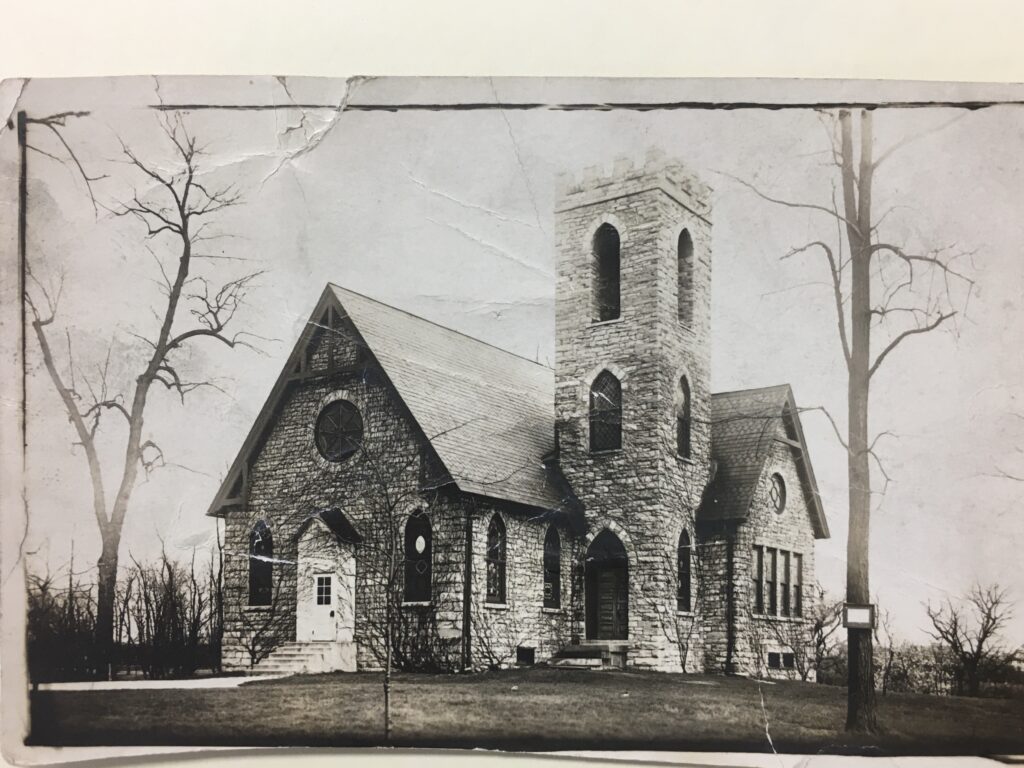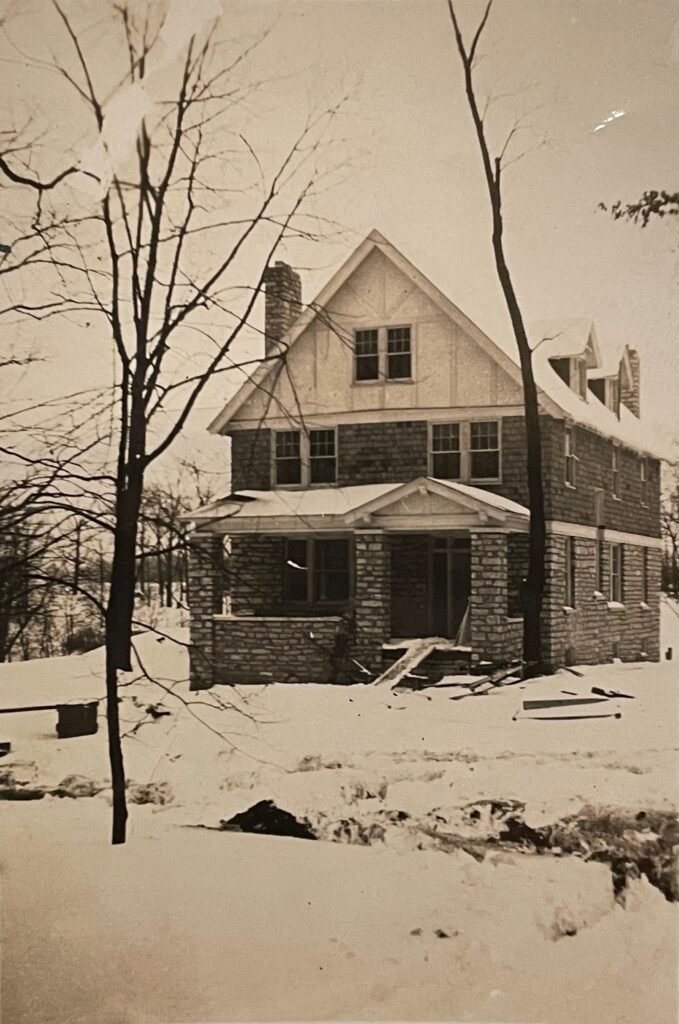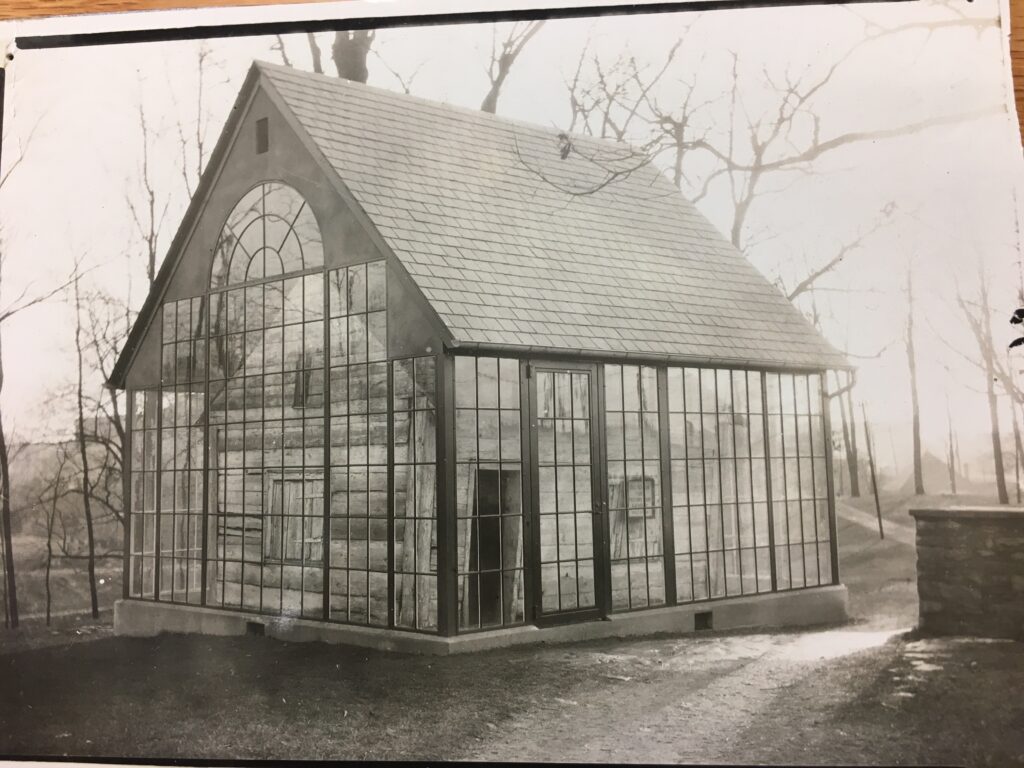Pam Whitenack • chair, Derry 300 Committee
September 19, 2024
Thanks to the generosity and faith of the Presbytery and many Presbyterians, the Derry Church Chapel was completed in 1887. At the same time, Derry’s Sunday School, an organization independent of the church, was reaching and teaching many children and adults each week. While the Sunday School was expanding, without a called pastor Church membership remained static, and Derry continued to struggle financially.
While Derry Church did not have a called pastor, the church was fortunate to be served by stated supply pastors who offered Sunday evening services. Reverend Albert Williamson, pastor of Paxton Presbyterian Church, offered monthly evening services from 1885-1895, and Reverend William Groff, pastor of Middletown Presbyterian Church, led monthly evening services from 1895-1905.
Milton Hershey’s decision to build a chocolate factory and model town in 1903 had a profound effect on Derry’s future. The factory, which began operations in 1905, brought new residents to the community. Derry Church slowly began to grow in membership and financial stability.
With the continued financial support of Presbytery and with Milton Hershey’s contribution of $300 (1/3 of a minister’s salary), in 1909 Derry called its first pastor since 1874. Reverend Benjamin Segelken served Derry for only a year before taking another call. During his short time at Derry, notable changes occurred. Individual communion sets with small glasses fitting into trays were purchased, allowing the sacraments to be served in the pews. A choir was organized, a pianist was hired, and a Ladies’ Guild was established with Reverend Segelken’s wife as its first president. From this point on, Derry Church was able to continue calling full-time pastors. As the town of Hershey grew, so did the congregation.
The Ladies’ Guild played a significant role in Derry Church life. In addition to Bible studies and fellowship, fundraising played an important role in the Guild. During the Guild’s first ten years, the women raised funds to improve the Chapel building. Fundraisers were often held in downtown Hershey because there wasn’t space for such events in the Chapel. The women held Strawberry Festivals and Oyster Dinners, sold magazines such as McCall’s and Ladies’ Home Journal, sewed and sold aprons, and even offered weekly embroidery and crochet lessons to add to their treasury. With their funds, the women paid for pews in the Chapel, repaired the church walls ($150), tuned the Chapel piano, purchased a Brussels carpet ($263.75) and the church’s first electric vacuum cleaner ($20.38). In 1917, the Ladies’ Guild paid for Derry Church’s first indoor toilet.
Reverend George Snavely Rentz came to serve Derry in 1913. During Reverend Rentz’s tenure the church continued to grow in strength and numbers. The church celebrated its legacy of oak trees on November 13, 1915 by planting 50 new trees. The event was a community affair. Milton Hershey and Pennsylvania Governor Martin Brumbaugh attended and each planted an oak tree on the church grounds. The Hershey Band provided music, and Hershey Industrial School (Milton Hershey School) boys assisted with tree planting.
Reverend Rentz built relationships with other Hershey churches, holding joint worship services with the United Brethren (Hershey 1st Methodist) Church. He also reestablished summer Sunday evening lawn services.
Under his leadership, Sunday School classes continued to thrive, with the Men’s Bible class, the Christian Endeavor youth program, and women’s groups growing in numbers. Reverend Rentz left in 1916 to take a call at Market Square Presbyterian Church. When the United States entered World War I in 1917, Rentz resigned to enlist as a Navy chaplain.
Derry Church, like the rest of Hershey, sent several young men to serve in the military during World War I. And like the rest of the nation, Derry Church and the Hershey community suffered from the influenza pandemic that swept the nation as soldiers returned home. The efforts the community and Derry made to curb the spread of influenza were minimal. Once during the winter of 1919, the town shut down public schools and gatherings for two weeks. During the height of the influenza season in 1920, Derry Church suspended all gatherings besides Sunday morning worship for a couple weeks, but little else was done.

After Reverend Rentz left, Derry Church called Reverend Robert Taylor. The church rented a home located at 20 West Chocolate Avenue to serve as the Church’s manse. In 1924, Derry built a manse for the pastor’s use on church property. It was located near the corner of East Derry Road and Mansion Road, close to today’s church office entrance.
By 1924, Derry’s 200th anniversary, church membership had grown to 148 members with an average of 150 people attending Sunday School each week. The church celebrated its anniversary with several services held over one weekend. The weekend was marked by the return of former members, descendants of former pastors, and friends of Derry.
Reverend Taylor wrote a historical sketch of Derry Church that he presented during one of the services. This sketch, which Taylor later expanded, became Derry’s first published history.
Reverend Taylor’s interest in Derry’s history led to the preservation of the Session House through the construction of its glass enclosure. Reverend Taylor seized the opportunity when Milton Hershey was visiting the church property to check on the trees to ask for a donation towards preserving the Session House. That request led to Milton Hershey directing his architect-builder, D. Paul Witmer, designing and constructing the building’s glass structure.

While he served as Derry’s pastor, Reverend Taylor emphasized tithing in his sermons and ministry. As a result, by 1927 Derry Church became self-supporting and no longer needed the Presbytery’s financial support.
By the mid-1920s, congregational growth led to plans to expand the Chapel. Preliminary plans showed an extension to the west of the church. However, after much discussion the final design called for the construction of an east transept to the Chapel with classrooms behind the original building and a social gathering space on the lower level. In honor of Derry’s best known former pastor, the new expanded Chapel would be christened “The John Elder Memorial Chapel.” The economic crisis resulting from the Great Depression would delay construction for several years.